


Visions of Chaos is a professional high end software application for Windows. It is simple enough for people who do not understand the mathematics behind it, but advanced enough for enthusiasts to tweak and customise to their needs. It is the most complete all in one application dealing with Chaos Theory and Machine Learning available. Every mode is written to give the best possible quality output. There are thousands of sample files included to give you an idea of what Visions of Chaos is capable of.
Tooll 3 is an open source software to create realtime motion graphics. We are targeting the sweet spot between real-time rendering, graph-based procedural content generation and linear keyframe animation and editing. This combination allows…
artists to build audio reactive vj content
use advanced interfaces for exploring parameters
or to combine keyframe animation with automationTechnical artists can also dive deeper and use tool for advanced development of fragment or compute shaders or to add input from midi controllers and sensors or sources like OSC or Spout.
We strongly believe in usability and intuitive and beautiful interface design. That's why we experiment with different approaches before striking the right balance between usability and powerful flexibility. Currently tool version 3 is an ongoing development. It's stable enough to produce high-end visuals create motion graphics use many industry standard features like color correction, scopes and tone mapping, and export small standalone executables.
Spacelapser is a tool for exploring the three-dimensional volumes created by loading an entire video into memory. Depending on the motion of the camera, this volume can resemble a lightfield, a slit-scan camera, or a special relativity simulator.



https://github.com/loganwilliams/spacelapser/releases/download/v0.1.2/spacelapser.dmg
This app allows you to simulate how any origami crease pattern will fold. It may look a little different from what you typically think of as "origami" - rather than folding paper in a set of sequential steps, this simulation attempts to fold every crease simultaneously. It does this by iteratively solving for small displacements in the geometry of an initially flat sheet due to forces exerted by creases. You can read more about it in our paper:
Fast, Interactive Origami Simulation using GPU Computation by Amanda Ghassaei, Erik Demaine, and Neil Gershenfeld (7OSME)
All simulation methods were written from scratch and are executed in parallel in several GPU fragment shaders for fast performance. The solver extends work from the following sources:
Origami Folding: A Structural Engineering Approach by Mark Schenk and Simon D. Guest
Freeform Variations of Origami by Tomohiro Tachi
This app also uses the methods described in Simple Simulation of Curved Folds Based on Ruling-aware Triangulation to import curved crease patterns and pre-process them in a way that realistically simulates the bending between the creases.
Originally built by Amanda Ghassaei as a final project for Geometric Folding Algorithms. Other contributors include Sasaki Kosuke, Erik Demaine, and others. Code available on Github. If you have interesting crease patterns that would make good demo files, please send them to me (Amanda) so I can add them to the Examples menu.
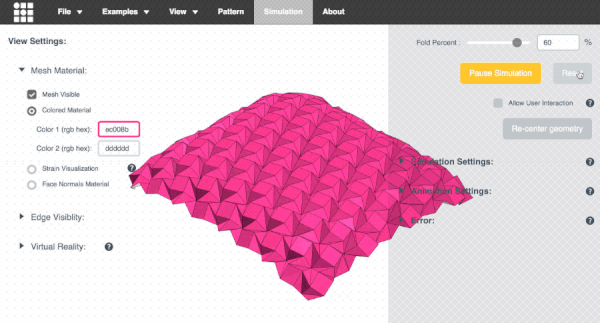
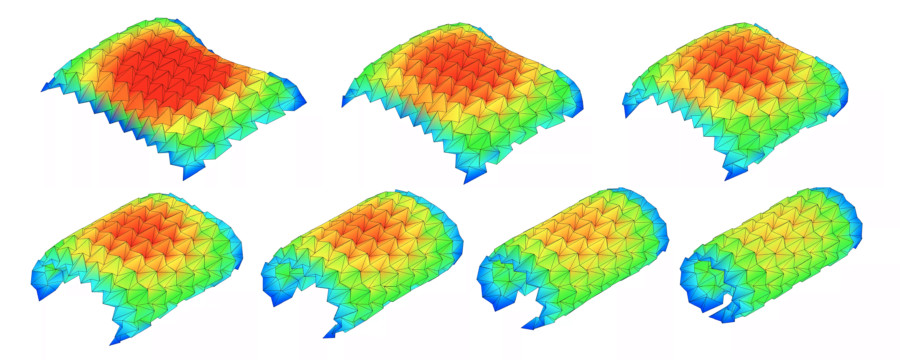
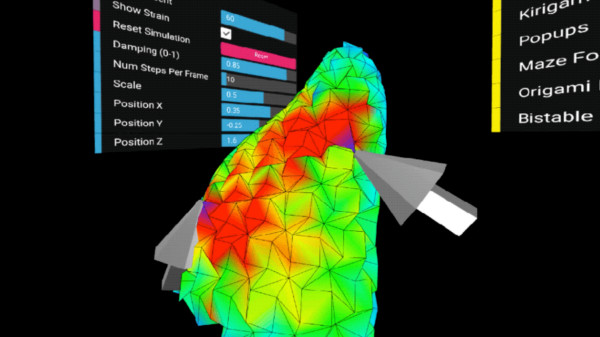
https://cuttle.xyz/@forresto/Origami-simulator-tips-W4lDXuB5m0xh
https://nitter.42l.fr/kellianderson/status/1454871569981902848
An interactive visualisation of climate model data across time and space.
Cables is your model kit for creating beautiful interactive content. With an easy to navigate interface and results in real time, it allows for fast prototyping and prompt adjustments.
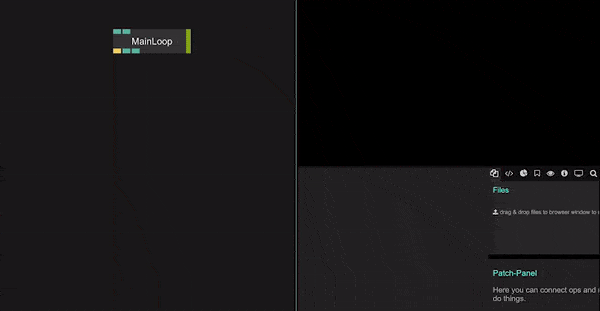
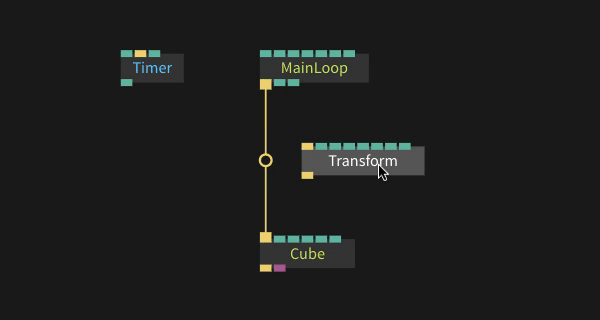
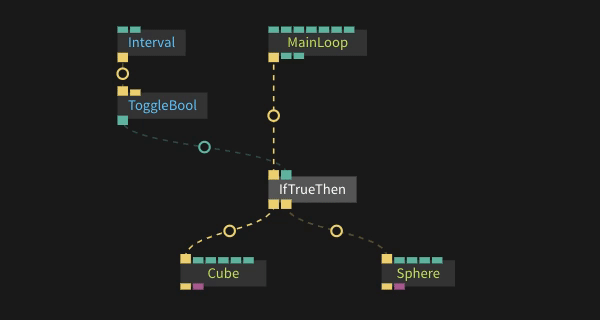
Working with cables is just as easy as creating cable spaghetti:
You are provided with a given set of operators such as mathematical functions, shapes and materials.
Connect these to each other using virtual cables to create the scene you have in mind.
Easily export your piece of work at any time. Embed it into your website or use it for any kind of creative installation.
Welcome to Exploring Technology, a wishful remedy to the increasing knowledge gap between machine builders and machine users.
Learn about :
A-Frame
Arduino
AxiDraw
Bitsy
Cables
Cinema 4D
Circuit
GitHub
Colab
Glitch
Hubs
Hydra
Laser Cutting
Lightform
Lights
Machine Learning
Makey Makey
NFT
Node
Photogrammetry
Processing
Projectors
Raspberry Pi
Resolume
Tone
Spark
Web
GCODE.Clay was first exhibited at Space 2214 in its inaugural exhibition investigating Pattern, Predictability, and Repetition , which explored the themes of repetition, and rote action—a defining peril of modernity. In this project, the unpredictability is the fundamental aspiration of the object making. Patterns emerge and disappear in the variations of the experiments explored.
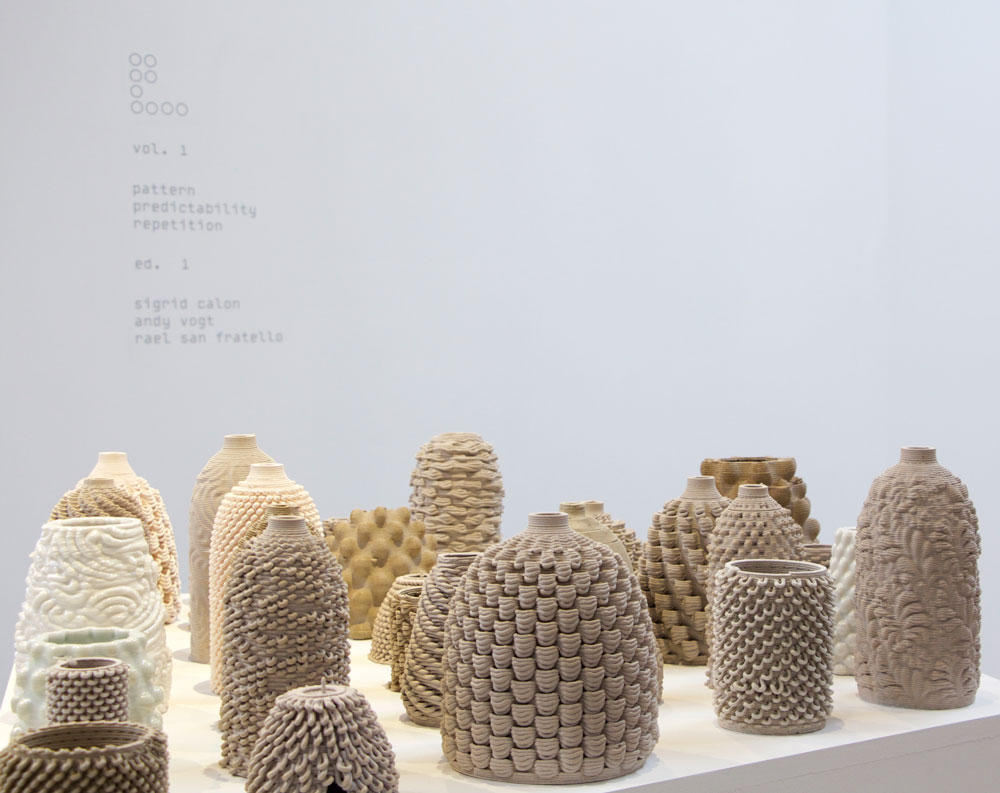
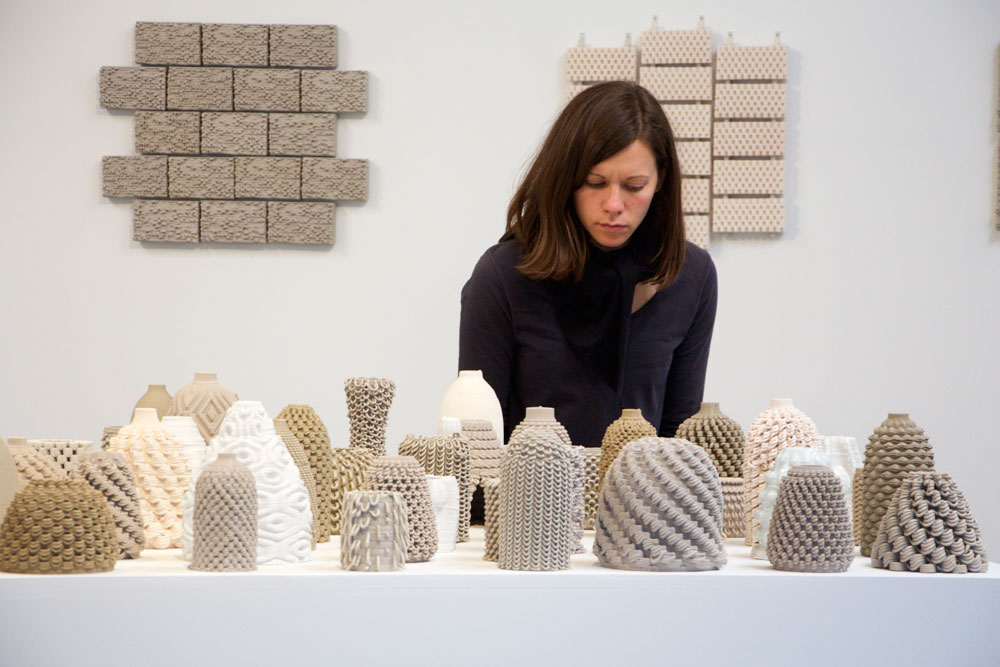
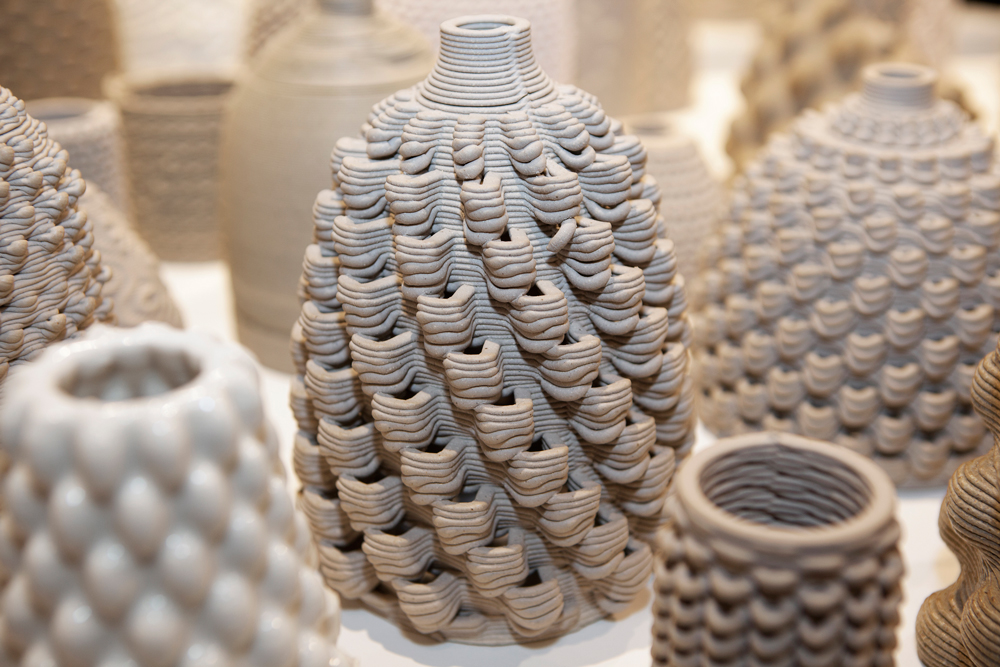
Rutt-Etra-Izer is a WebGL emulation of the classic Rutt-Etra video synthesizer. This demo replicates the Z-displacement, scanned-line look of the original, but does not attempt to replicate it’s full feature set.
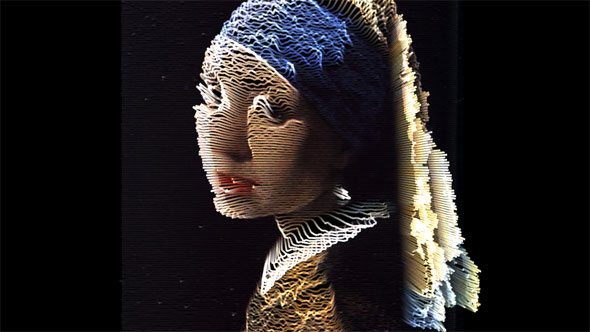
The demo allows you to drag and drop your own images, manipulate them and save the output. Images are generated by scanning the pixels of the input image from top to bottom, with scan-line separated by the ‘Line Separation’ amount. For each line generated, the z-position of the vertices is dependent on the brightness of the pixels.
New Art City’s mission is to develop an accessible toolkit for building virtual installations that show born-digital artifacts alongside digitized works of traditional media.
Our curation and product design prioritize those who are disadvantaged by structural injustice. An inclusive and redistributive community is as important to our project as the toolkit itself.
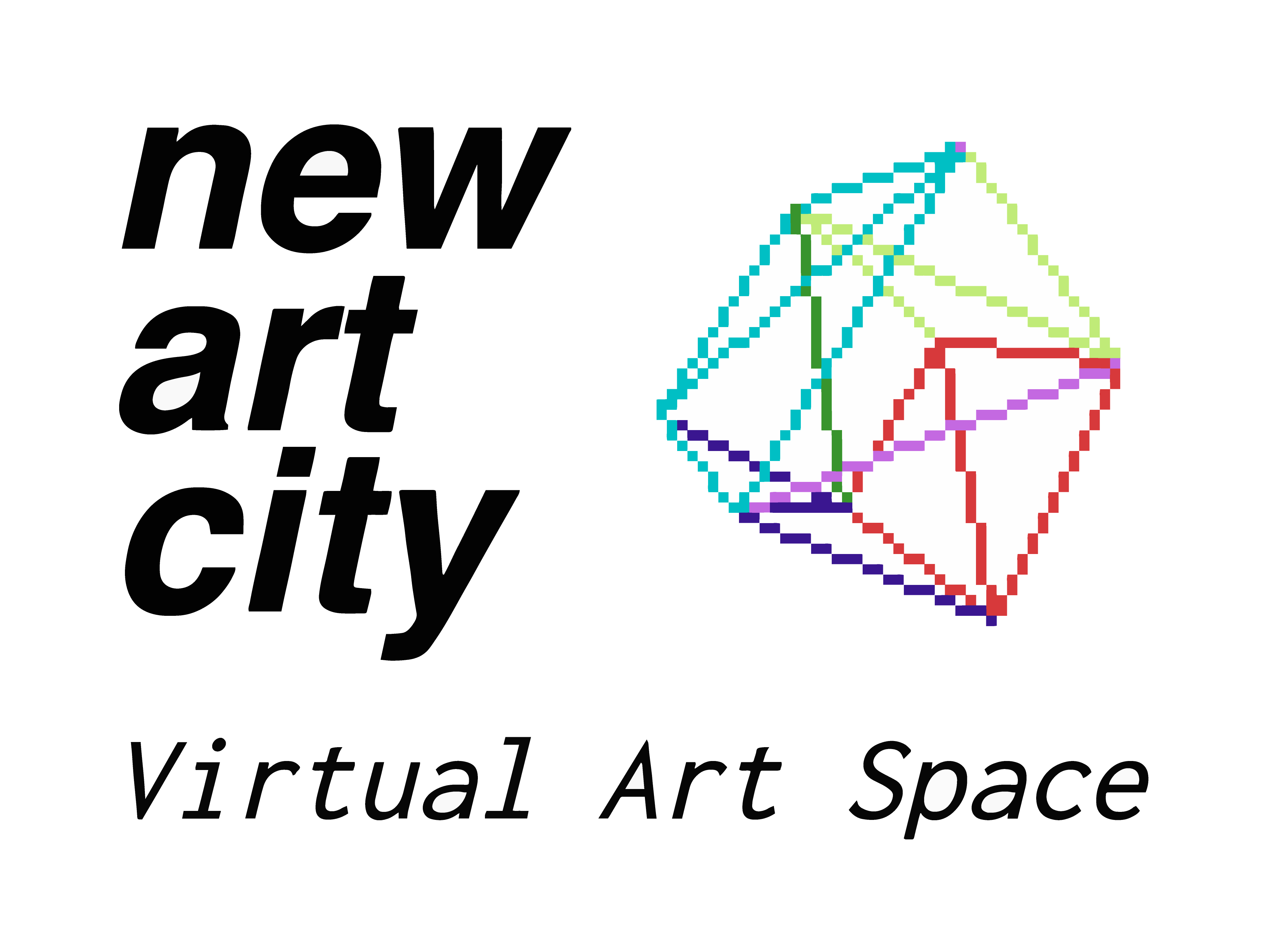
Hello my dear friend,
I found a strange game on my computer a few days ago. I have tried to find out how it works but have failed in all my attempts. I hope you have more luck than I have. Please tell me if you can figure it out, because I think it's driving me C̷̖̆͊R̸̢̮̍Å̵̘̪̚Z̴͔̲̈́Ỳ̸̒ͅ. I'm sure the guide holds the key to solving it, but if not, you can always have some fun with the sinuous movements of the strange creatures that live in this game. I hope you enjoy it.
With love,
@beleitax
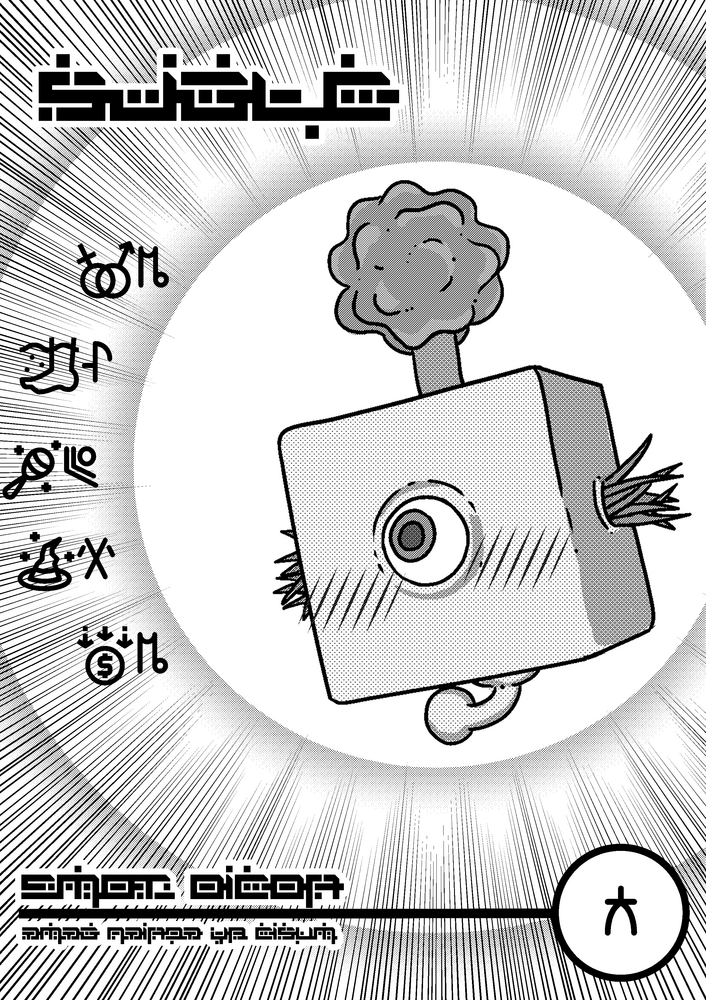
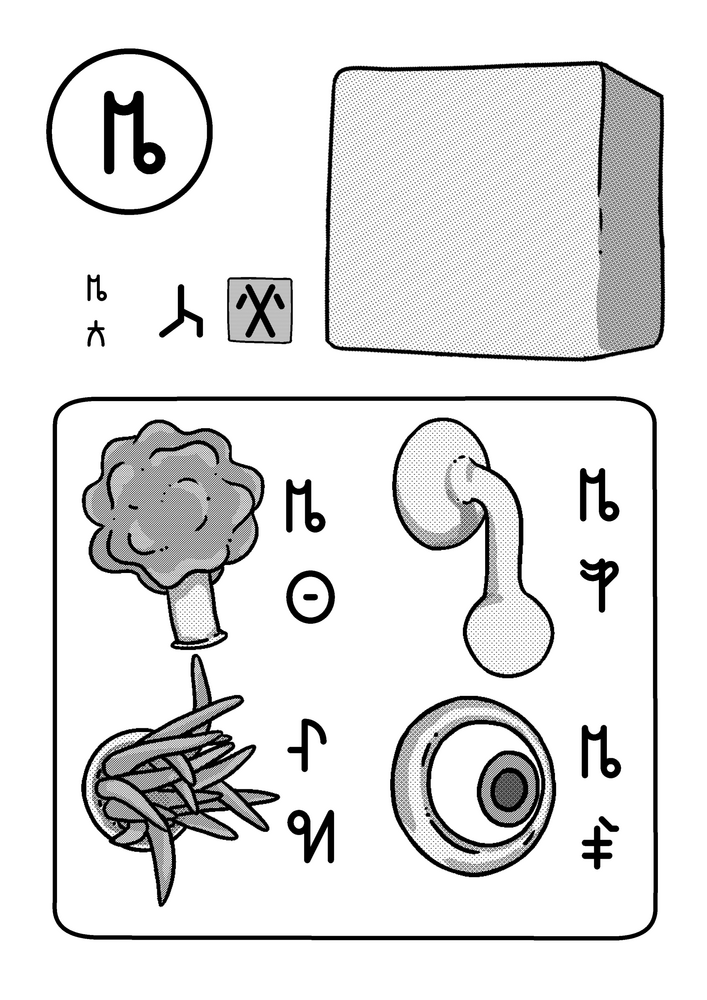
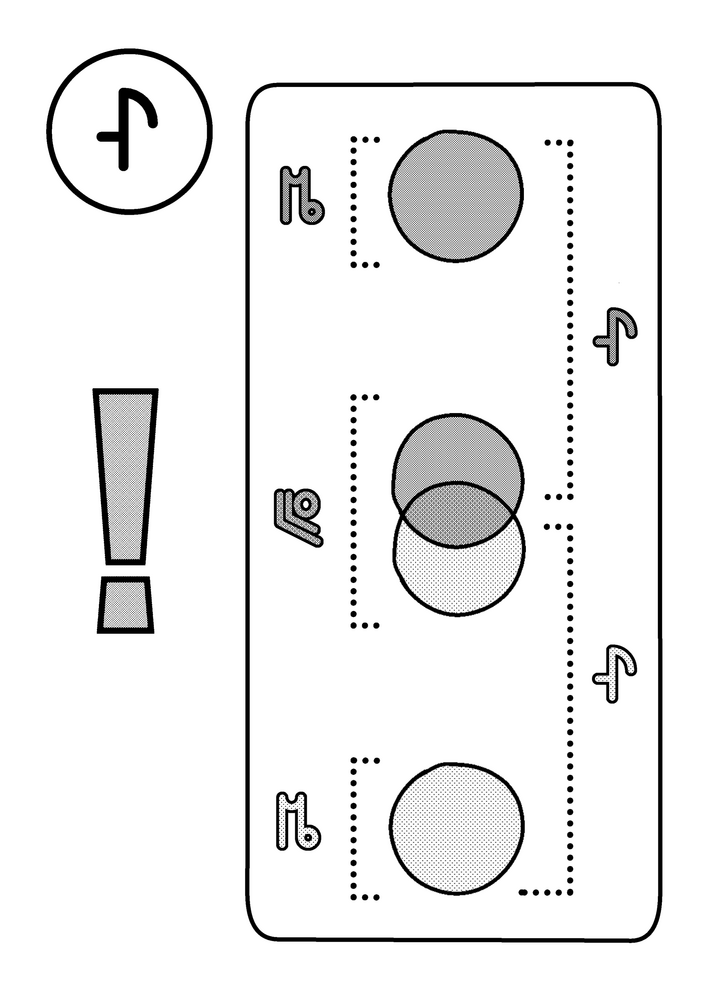
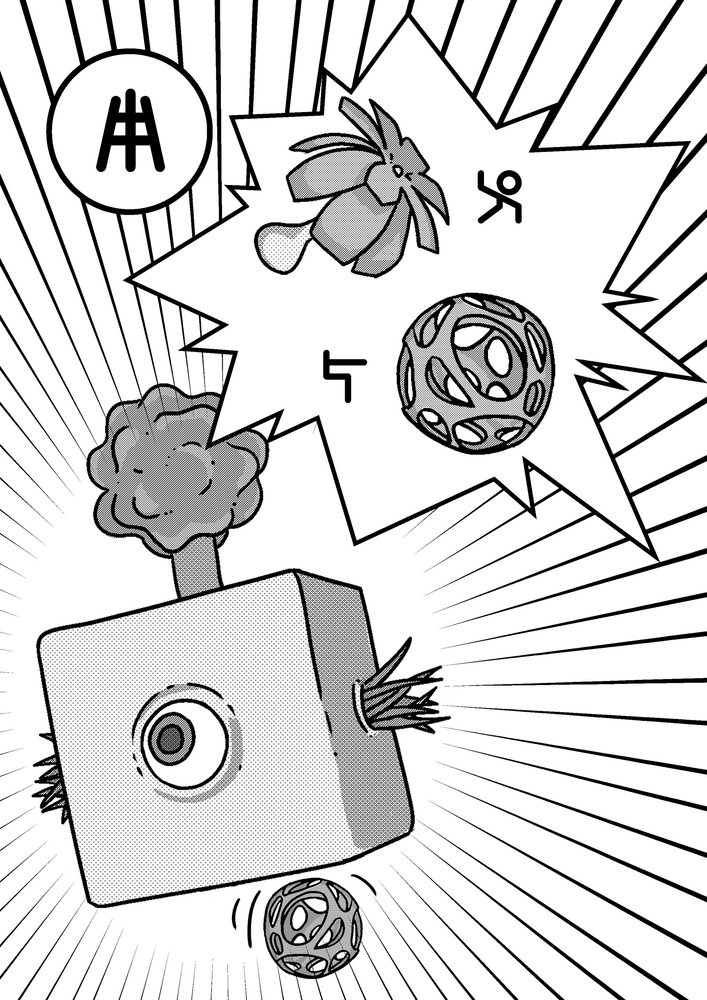
3d collages composed in Unity with scans collected in botanic gardens, backyards, beaches, natural parks…

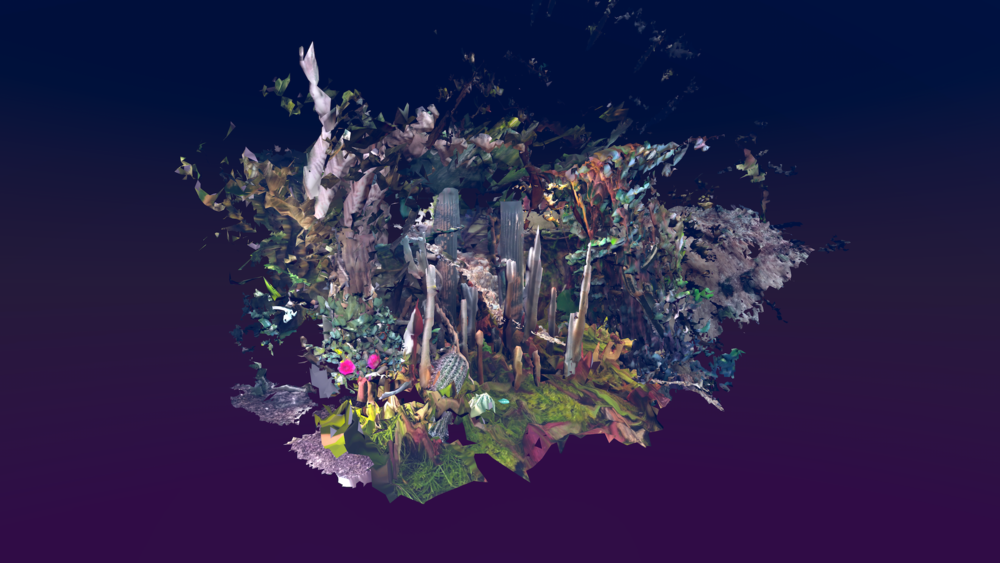

![]()
The shutdown of public life is accompanied by a new understanding of limitation. National borders have been closed, environments have shrunk to the nearest surroundings, and a lack of information and events makes it more difficult for new ideas to emerge. At the same time, the question arises as to whether creative potential is also hidden behind personal limitation. One of the first answers to this question is celebrating its opening this week.
SHUTDOWN.gallery is the latest project of Patrik Hübner. The German designer has set himself the goal of adding a new dimension to cultural life in times of social distancing.
Since 2018 Hübner has been pushing the idea of digital space and the concept of the online gallery. In those days a little ahead of its time, the project is now coming to life in the current events. "I had to watch as museums and galleries in my area closed their doors and the experience of art came to a standstill. It felt as if the gallery had to exist right now."
SHUTDOWN.gallery is a first step towards understanding the analogue and digital world together. It is intended to add a new level to the construct of what a gallery is and to blur the boundaries between analog and digital experience.
A logical next step in developing a narrative for digital spaces that can be experienced. References to real objects and the associated spatial limitations are important to facilitate the transition into this digital space and to prepare metaphors for future reinterpretations of the gallery concept.
The digital gallery adapts to the physical situation of the viewer and is freely accessible: On mobile devices such as telephones or tablets, the visitor can view the room directly and from all perspectives by tilting the device or moving it freely in the room - the boundaries between the physical and the digital disappear suddenly and intuitively.
As a web-based project, the gallery is publicly accessible worldwide. Every week there will be a new exhibition with works that move the world of art and design, thus maintaining the fertile environment of constant change. A growing list of world-renowned designers and artists has already confirmed their participation in what is the start of a new chapter for galleries.
The gallery’s dynamic and flexible visual identity reflects this constant change and desire for collaboration and new perspectives by putting every week’s exhibition at the center of the visual campaign. The result is highly unique mix of the gallery’s space and the artist’s work which can be used across social- and physical spaces to promote and visually explore this collaboration.
Manifest
Shutdown Gallery overwrites the walls of your private space and keeps your mind in motion even though the physical world is standing still.
Growth is a fundamental aspect of human nature. We are used to increasing the space around us, to crossing borders, to thinking of and discovering unexpected grounds.
In this fertile environment of constant change, shutdown confronts us with new levels of restriction and limitation. Country borders are closed, private life reduced to a minimum and cultural life locked in silence. The question "What's new?" is increasingly left unanswered and so are the contents that used to stimulate our thoughts and conversations.
In absence of new impressions, SHUTDOWN.gallery appears as a contemporary place of visual experience that intends to reawaken cultural life beyond social distancing and to literally overwrite the walls of our private space.
Based on the idea to use limitation as a creative tool instead of declaring it as constraint, SHUTDOWN.gallery aims to rethink existing concepts and reestablish focus in a world of distraction.
Every week, there will be a new exhibition with an artist whose work moves the world of art and design and thus maintains the fertile environment of constant change.
"MindCandy Volume 1: PC Demos." The movie explores the definition and roots of an artistic computer sub-culture known as the demoscene, a community that's given me endless inspiration since the 1980s.

A visualization of global weather conditions
forecast by supercomputers
updated every three hours

ocean surface current estimates
updated every five days
ocean surface temperatures and
anomaly from daily average (1981-2011)
updated daily
ocean waves
updated every three hours
aurora
updated every thirty minutes

Quote from https://en.wikipedia.org/wiki/Everything_(video_game) :
Everything is a simulation game where the player has the ability to explore a procedurally generated universe and control various objects within it. The player starts as one of several possible creatures and has the ability to move around. Initially, the player can shift their control to any creature or object smaller than the current one they occupy; this shifts the scale of the game to reflect this. Eventually the player can only shift into smaller and smaller parts of matter, down to the sub-atomic level, after which the game then allows the player to shift to larger objects as well. From this point, the player can take forms that include landmasses, planets, and whole star systems. As the player moves and shifts forms, they will find other creatures or objects speaking to them. The game uses a number of levels of "existence", representing different length scales, which the player can move between as they shift into different objects.
When a player occupies a form for the first time, that object is added to an in-game encyclopedia catalogued by type. At any time, the player can shift to any form they have already previously inhabited, though this form will be scaled appropriately to the current scale the player is at: taking the form of a planet in the middle of a street will produce a miniature-sized planet. A goal of the game is to complete this encyclopedia and occupy all objects available in Everything. Throughout the game, quotes from philosopher Alan Watts are given to the player. If the player lets the game sit idle, the game will cycle through various scenes on its own.
Once the player has completed the game through completing the encyclopedia, they can start in a New Game Plus-type mode, but here starting from any random object in the game.
More from Alan Watts : https://www.postbelief.org/alan-watts-out-of-your-mind/
http://files.diydharma.org/Alan_Watts/
https://repo.palkeo.com/esprit/philo/Alan%20Watts-%20Out%20of%20Your%20Mind%20%28Essential%20Lectures%29/

The Known Universe takes viewers from the Himalayas through our atmosphere and the inky black of space to the afterglow of the Big Bang. Every star, planet, and quasar seen in the film is possible because of the world's most complete four-dimensional map of the universe, the Digital Universe Atlas that is maintained and updated by astrophysicists at the American Museum of Natural History. The new film, created by the Museum, is part of an exhibition, Visions of the Cosmos: From the Milky Ocean to an Evolving Universe, at the Rubin Museum of Art in Manhattan through May 2010.
Data: Digital Universe, American Museum of Natural History
Visualization Software: Uniview by SCISS
Thoroughly updated, this fourth edition focuses on modern techniques used to generate synthetic three-dimensional images in a fraction of a second. With the advent of programmable shaders, a wide variety of new algorithms have arisen and evolved over the past few years. This edition discusses current, practical rendering methods used in games and other applications. It also presents a solid theoretical framework and relevant mathematics for the field of interactive computer graphics, all in an approachable style. New to this edition: new chapter on VR and AR as well
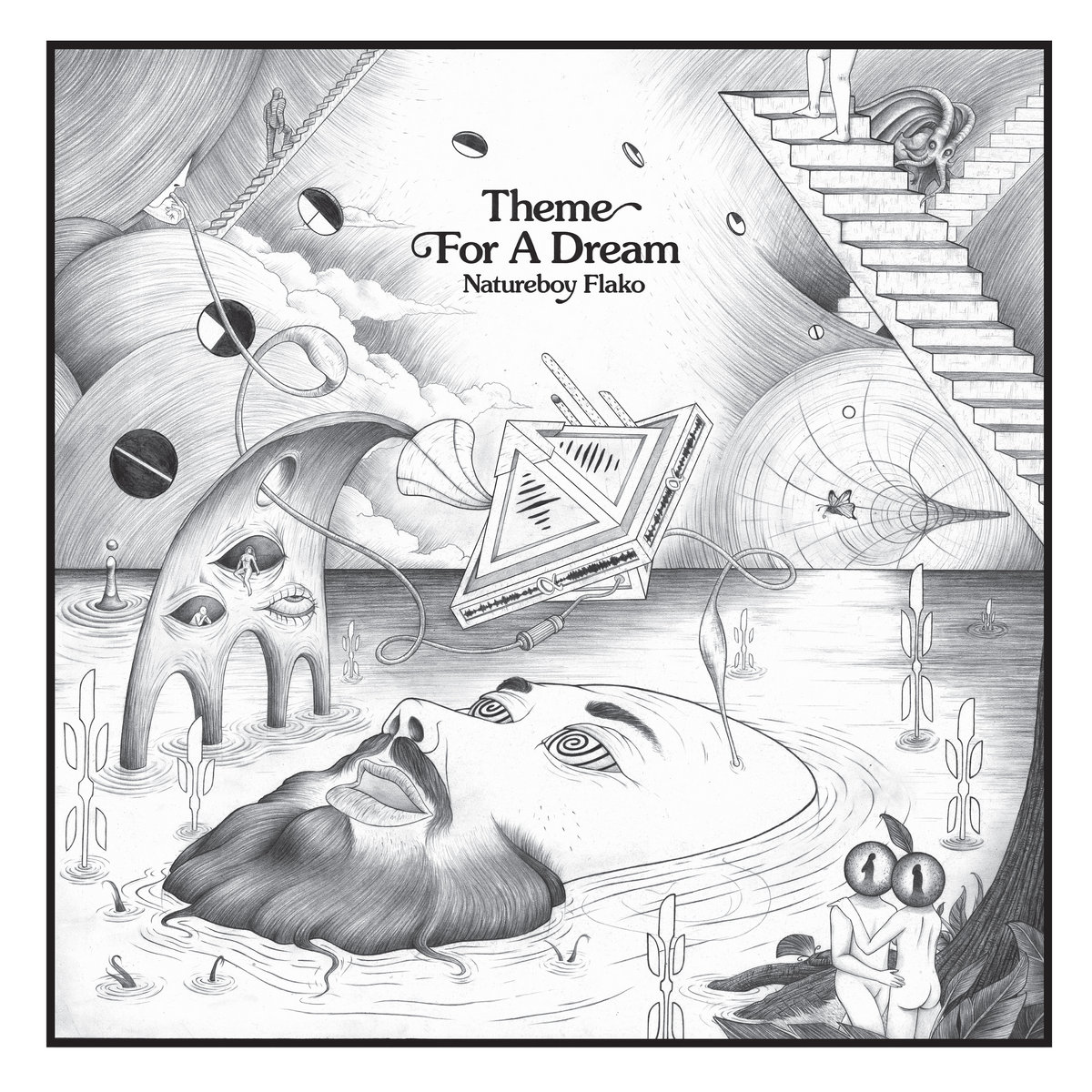
Following a self-titled EP last year, Dario Rojo Guerra aka Natureboy Flako is set to release his second album ‘Theme For A Dream’ on Five Easy Pieces on 20th July 2018. Exploring the boundaries of music, science and spirituality through a prism of colourfully synthesised-sound, heart-pounding rhythm and cinematic soundtracks; the core essence of ‘Theme For A Dream’ is the exploration of the human inner space, the balance of musical energies and music’s healing capabilities.
‘Theme For A Dream’ will be accompanied by an experimental and interactive website that allows users to preview music while being an immersive, unique multi-sensual 4D experience of its own. Snippets of the music from 'Theme For A Dream' become audio visual poetry and an immersive exploration of state of the art technology and oneself.

Sundial is a solar analysis project by prescription. in collaboration with Arup. The geometry is strictly pragmatic, based on natural solar trajectory and without additional beautification.
Sundial is the result of a study of the solar path cycle. The gathered data is transformed into geometry for each hour of daylight. The direction of the sun’s rays dictates and shapes the outline of the sundial to provide the minimum necessary surface area. The optimized geometry also resembles that of a flower petal, and likewise the structure can be self-bearing without the need for supporting elements. This finding raises the question – are flower petals such a shape due to the trajectory of the sun?
Features: shows time in digits; works 365 days a year;· entirely scalable;· unique to geographic location;· provides basis for future implementation.
A 3D printed prototype was made out of strong and flexible plastic for a “field test” in Amsterdam, which proved that the calculations are correct.
Sundial can be installed for light festivals and expos and, because it is scalable, in spaces from parks to front yards.
Sundial is a contemporary intervention revealing the interplay of daylight and a mathematically composed static geometry that will fascinate people and celebrates light
The geometry highlights that nature and mathematical laws are beautiful in and of themselves. At prescription. our task is to find and to translate these into architectural objects and processes.
SpaceEngine is a realistic virtual Universe you can explore on your computer. You can travel from star to star, from galaxy to galaxy, landing on any planet, moon, or asteroid with the ability to explore its alien landscape. You can alter the speed of time and observe any celestial phenomena you please. All transitions are completely seamless, and this virtual universe has a size of billions of light-years across and contains trillions upon trillions of planetary systems. The procedural generation is based on real scientific knowledge, so SpaceEngine depicts the universe the way it is thought to be by modern science. Real celestial objects are also present if you want to visit them, including the planets and moons of our Solar system, thousands of nearby stars with newly discovered exoplanets, and thousands of galaxies that are currently known.

An open source collection of 20+ computational design tools for Clojure & Clojurescript by Karsten Schmidt.
In active development since 2012, and totalling almost 39,000 lines of code, the libraries address concepts related to many displines, from animation, generative design, data analysis / validation / visualization with SVG and WebGL, interactive installations, 2d / 3d geometry, digital fabrication, voxel modeling, rendering, linked data graphs & querying, encryption, OpenCL computing etc.
Many of the thi.ng projects (especially the larger ones) are written in a literate programming style and include extensive documentation, diagrams and tests, directly in the source code on GitHub. Each library can be used individually. All projects are licensed under the Apache Software License 2.0.
Out now for iOS [http://4dtoys.com/ios] and Steam (Vive VR or Mouse+Keyboard) [http://4dtoys.com/steam]
Showing 4D Toys and an explanation of how 4D objects would look like and bounce around from the perspective of a 3D being.
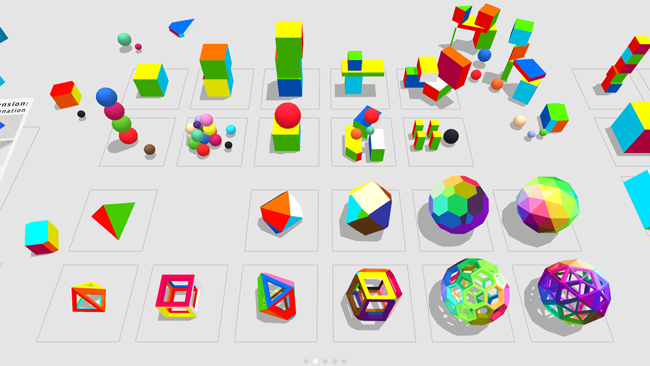

This is my tribute to Pablo Picasso’s most famous artwork, Guernica (1937). The main reason to do this is to echo Picasso’s antiwar message, which I strongly believe is needed more than ever. The backside of this artwork I added a few other Picasso’s artworks to advocate peace, however washed out and fragmented it is. The ox, the “sleeping” soldier, and Pegasus are from one of his early Guernica sketches. The others, most notably his Bouquet of Peace (1958), are sampled from his later works with peace theme. The only 3 animated elements are the flower, the lamp, and the light bulb. To me the flower symbolizes life, the lamp represents hope, and the light bulb embodies technological destruction. As long as life continues and hope lasts, humanity will goes on.
In Reverse Perspective the expected visual rules are inverted, so close objects are small and far objects are big. This is not only true for whole objects, but their structure as well. So the near points of an object are closer together, relative to its far points, which gives the flared-out look of the buildings, and the scene as a whole.
Performers :Maki Yokoyama , Saya Watatani , Tachun , Yusaku Mochizuki ,Tsuyoshi Kaseda
Director : Nobuyuki Hanabusa
Music : Yuko Sonoda ( Hanabusa Remix Version)
http://enra.jp
Immersive 3d space bubble. Use chrome to see it
FRACT is a first person adventure game for Windows & Mac much in the vein of the Myst titles, but with an electro twist. Gameplay boils down to three core activities: Explore, Rebuild, Create. The player is let loose into an abstract world built on sound and structures inspired by electronic music.
It’s left to the player to explore the environment to find clues to resurrect and revive the long-forgotten machinery of this musical world, in order to unlock its’ inner workings.
Rapid Prototyping, otherwise known as 3D printing.
More here : 3D printing for architects
Fluxus is a rapid prototyping, playing and learning environment for 3D graphics, sound and games.
Mandelbulbs are a new class of 3D Mandelbrot fractals. Unlike many other 3D fractals the Mandelbulb continues to reveal finer details the closer you look.
Cutting Edge Audio/Visual Synesthesia, Experimental Motiongraphics, and Visual Effects.
The latter half of the 20th century saw the built environment merged with media space, and architecture taking on new roles related to branding, image and consumerism. Augmented reality may recontextualise the functions of consumerism and architecture.
Metapropart is a Web 3D project aiming to explore in new ways cinema diegetic content, or in other words, movies universe and fiction. This word comes from Prop Art movement, that recognizes movie props and memorabilia as a form of art and meta, a suffix
YouCube allows you to map YouTube videos onto an interactive 3D cube and then save it to a database so you can show your friends. As you spin around a YouCube, the sounds of the different vi